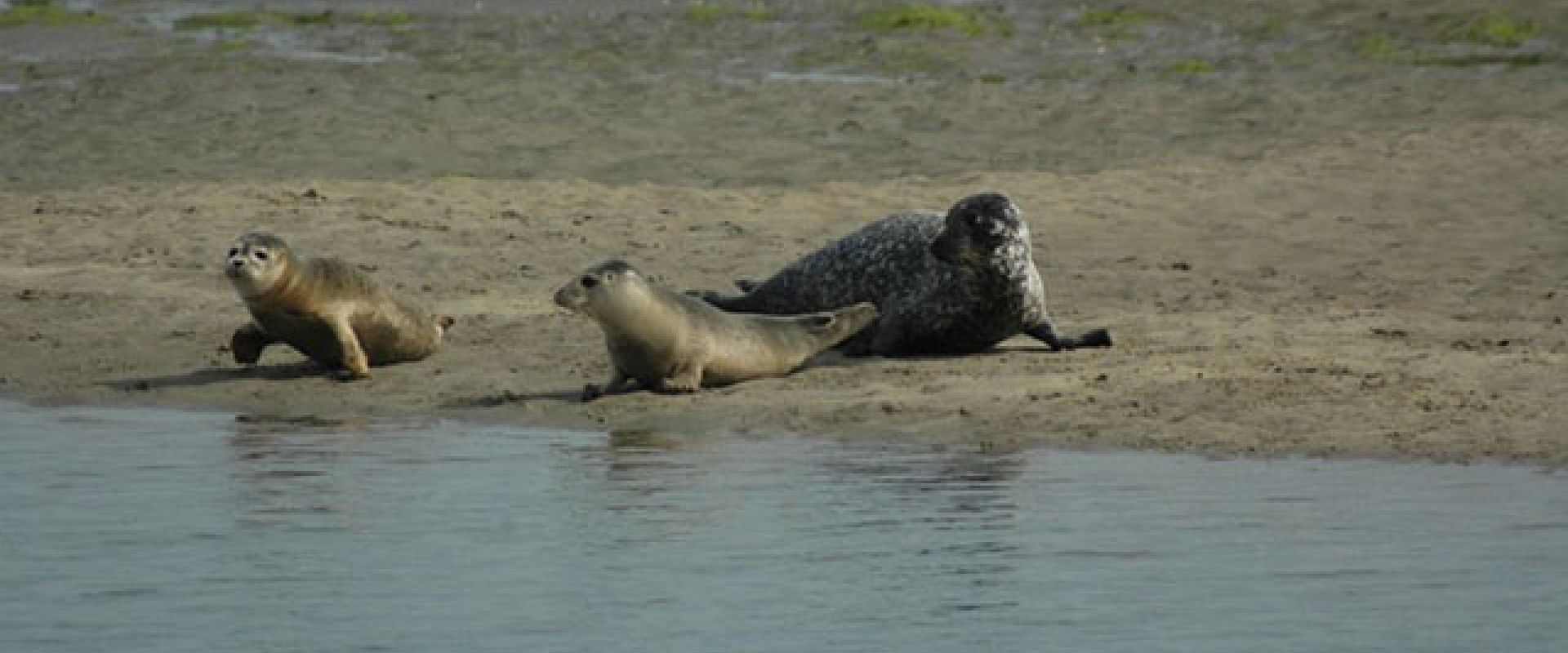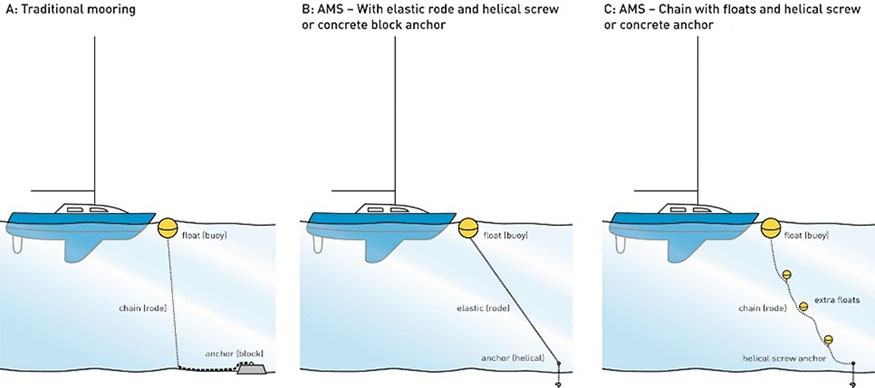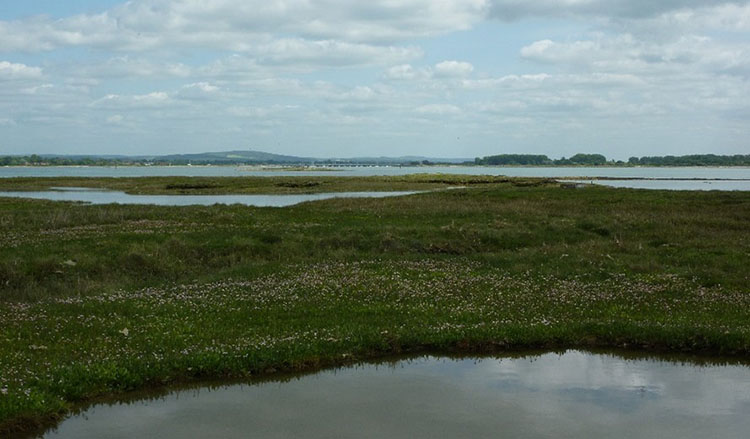
Langstone Harbour – Environmental Management
Martin Silman
One of the most protected areas on the South coast, Langstone Harbour is internationally recognised for its significant habitats and species. As a vital ecological and recreationally asset for the City of Portsmouth, the harbour is home to a diverse range of habitats including mudflats, seagrass meadows, and Atlantic saltmarsh. Habitats like these across the Solent support an astonishing variety of wildlife, 10% of the global population of Dark-Bellied Brent Geese, and one of the only breeding populations of Harbour Seals on the South Coast!
However, Langstone Harbour faces several significant threats. Climate change, with rising sea levels and increased unpredictability and severity of severe weather events, poses a serious risk to many vital habitats, and thus the species that depend on them. Nutrient loading from agricultural runoff and wastewater discharges can lead to excessive growth of algal mats, smothering mudflats and saltmarsh and preventing bird species from feeding effectively. Pollution from urban runoff and highways can also introduce harmful contaminants into the harbour, affecting water quality and marine life.
In response to some of these challenges, the Harbour Board is engaged in several key environmental projects aimed at preserving and enhancing this unique environment. One of our primary objectives is the establishment of a small-scale seaweed bioremediation site within the Harbour. This project aims to cultivate seaweed, which helps to improve water quality by absorbing those excess nutrients in the water column, converting it into physical growth of the seaweed. Seaweed aquaculture has also been recognised as providing a forage and refuge habitat for marine life.
 Another significant project involves replacing a proportion of traditional intertidal swing moorings, which have a damaging effect on the seabed with advanced mooring systems. Simply, these AMS use a screw anchor and elastic rode, instead of a concrete block and heavy chain, to reduce pressure on intertidal habitat and encourage seabed recovery. This innovative approach helps protect vital habitats and promotes the health of the Harbour. Examples across the South Coast include the Voluntary No Anchor Zones at Osborne Bay and Studland Bay.
Another significant project involves replacing a proportion of traditional intertidal swing moorings, which have a damaging effect on the seabed with advanced mooring systems. Simply, these AMS use a screw anchor and elastic rode, instead of a concrete block and heavy chain, to reduce pressure on intertidal habitat and encourage seabed recovery. This innovative approach helps protect vital habitats and promotes the health of the Harbour. Examples across the South Coast include the Voluntary No Anchor Zones at Osborne Bay and Studland Bay.
In addition to these projects, we are collaborating with local councils and citizen science groups to improve water quality in the harbour. Regular monitoring of harbour wildlife e.g.bird, fish, and seal populations also helps us to understand the health of the Harbour’s ecosystem and informs our conservation strategies. We are actively working with partners locally to enhance seagrass meadows and saltmarsh areas, which are crucial for biodiversity and carbon capture.Public engagement is another aspect of our work, and we are committed to raising awareness about the importance of Langstone Harbour through educational programs which aim to engage the community and promote local conservation efforts. By working together with local communities and stakeholders, we can ensure this unique environment remains a haven for wildlife and a cherished space for recreation.
Meg Roberts
Environment Officer, Langstone Harbour Board
